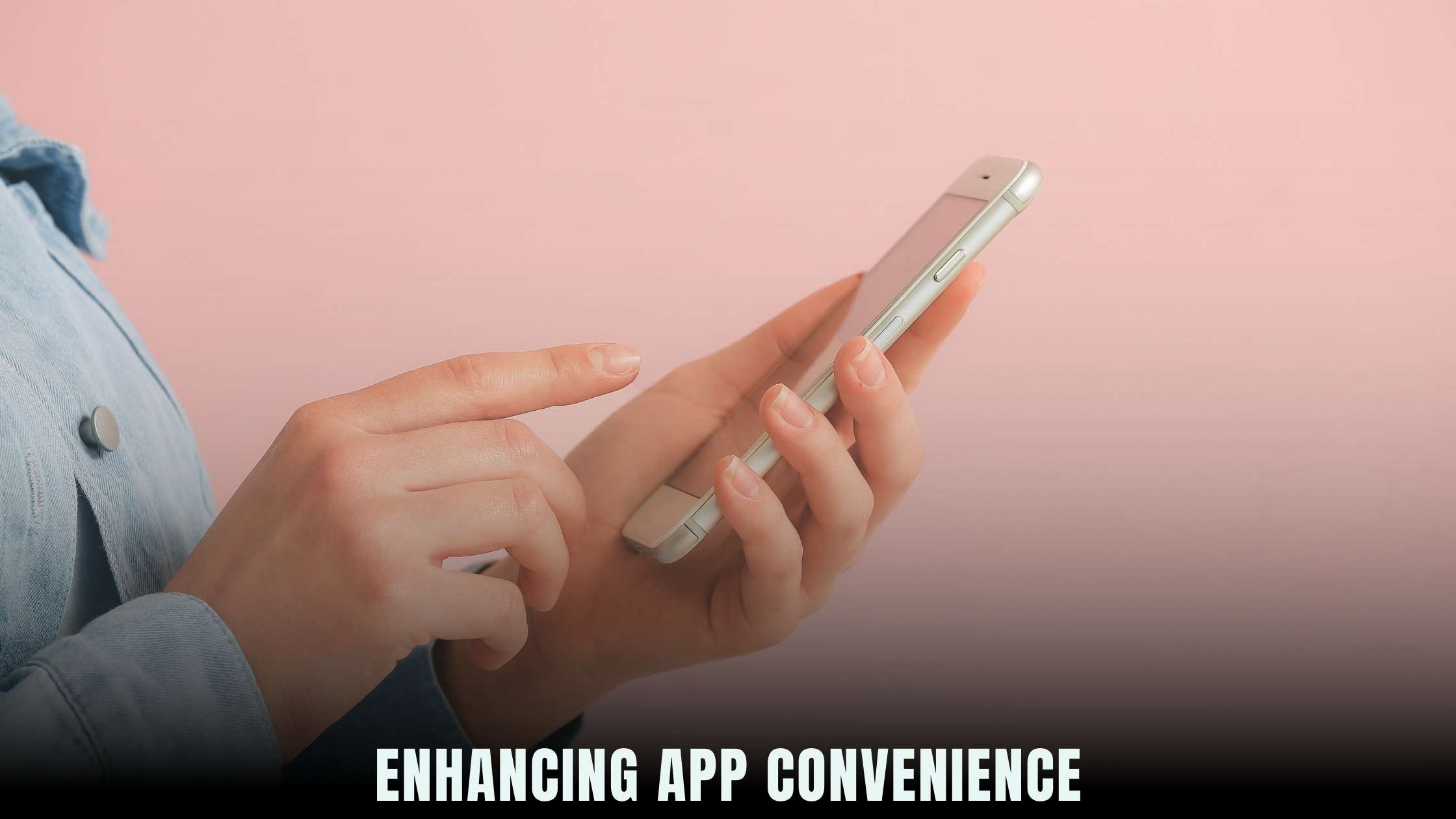Multi-Device Accessibility: Using the Same App on Multiple Phones


In the age of technological advancement, the ability to access applications seamlessly across multiple devices has become a necessity for users seeking convenience and flexibility. Whether it’s for work, communication, or entertainment, the demand for multi-device accessibility continues to grow. In this article, we’ll delve into the concept of using the same app on multiple phones, exploring the challenges, benefits, and solutions associated with this practice.
Understanding Multi-Device Accessibility
Multi-device accessibility refers to the capability of an application to function seamlessly across various devices, including smartphones, tablets, laptops, and desktop computers. While many apps are designed primarily for use on a single device, there is a growing trend towards developing applications that offer consistent user experiences across different platforms.
Challenges of Multi-Device Compatibility
One of the primary challenges of enabling multi-device accessibility is ensuring compatibility across different operating systems, screen sizes, and hardware configurations. Developers must design applications that adapt to various device specifications while maintaining usability and performance.
Benefits of Multi-Device Accessibility
The benefits of multi-device accessibility are manifold. Users can access their favorite apps and services from any device, allowing for greater flexibility and productivity. Additionally, multi-device compatibility enhances user engagement and satisfaction by providing a consistent experience across platforms.
Can I Use the Same App on Two Phones?
The ability to use the same app on multiple phones is a common query among users seeking to streamline their digital experience. While the answer may vary depending on the specific app and its developer policies, several solutions exist to enable multi-device usage.
1. Syncing Accounts: Many apps offer account synchronization features, allowing users to access their data and settings from multiple devices. By logging into the same account on different phones, users can seamlessly transition between devices without losing their progress or data.
2. Cloud-Based Services: Cloud-based services and storage solutions enable users to access their files and information from any device with an internet connection. Apps that leverage cloud storage for data synchronization can be easily accessed from multiple phones, ensuring continuity across devices.
3. Cross-Platform Development: Some developers opt to create cross-platform applications using frameworks like React Native or Flutter. These platforms allow developers to write code once and deploy it across multiple operating systems, enabling users to use the same app on both Android and iOS devices.
4. Device Linking: Certain apps offer features that allow users to link their devices together for seamless integration. By establishing a connection between two phones, users can share data, messages, and notifications between devices, effectively using the same app on both phones.
Relevant SaaS Products for Multi-Device Accessibility
To facilitate multi-device accessibility and enhance user experiences, several SaaS products offer tools and solutions tailored to developers and businesses. Here are some noteworthy options:
- Firebase: Firebase is a comprehensive mobile development platform that provides tools for building, improving, and growing apps across multiple platforms, including Android, iOS, and the web.
- Microsoft Azure: Microsoft Azure offers a wide range of cloud services, including app hosting, data storage, and synchronization, enabling developers to create scalable and cross-platform applications.
- Amazon Web Services (AWS): AWS provides a suite of cloud computing services that facilitate multi-device accessibility, including storage, databases, and application hosting, empowering developers to build robust and flexible applications.
- Google Cloud Platform (GCP): GCP offers a variety of tools and services for developing, deploying, and managing applications across multiple devices, leveraging Google’s infrastructure and expertise in cloud computing.
Conclusion
In conclusion, multi-device accessibility plays a crucial role in enhancing user experiences and driving engagement in today’s digital landscape. Whether it’s through account synchronization, cloud-based services, or cross-platform development, enabling users to use the same app on multiple phones offers numerous benefits for both developers and users alike.
Subscribed.FYI Deals: Enhancing Your Multi-Device Experience
As businesses and developers seek to optimize their multi-device accessibility strategies, having access to the right SaaS tools and services is essential. Subscribed.FYI offers a curated selection of SaaS products tailored to multi-device development and optimization, empowering businesses and developers to create seamless and engaging user experiences across platforms.
With Subscribed.FYI Deals, users gain access to exclusive discounts and offers on a wide range of SaaS tools, including mobile development platforms, cloud services, and cross-platform development frameworks. By unlocking these deals, businesses and developers can enhance their multi-device accessibility strategies and deliver exceptional user experiences across devices.
Sign up for free today and discover the tools you need to succeed in multi-device development with Subscribed.FYI.
Relevant Links:
Explore more deals on Subscribed.FYI





